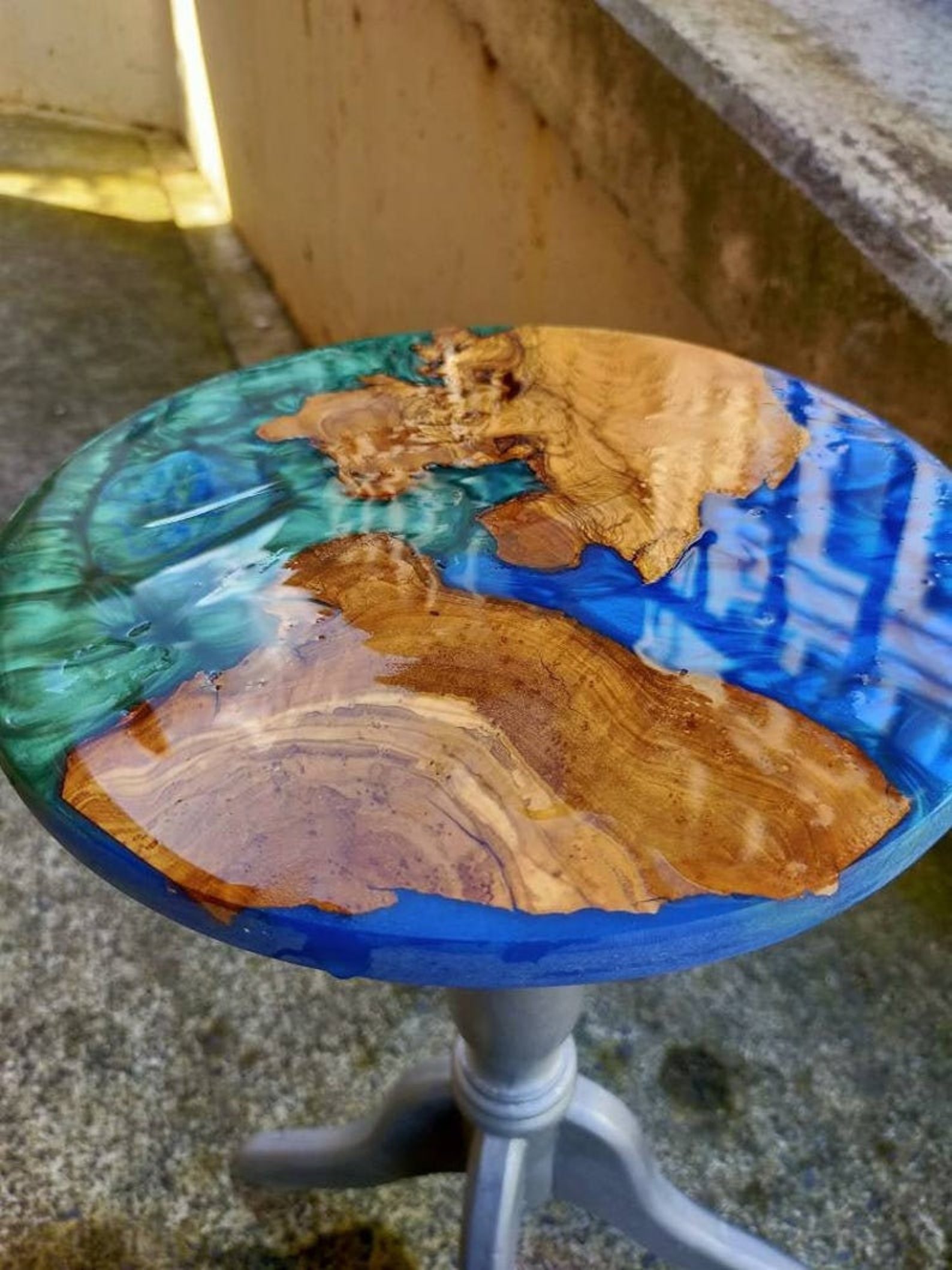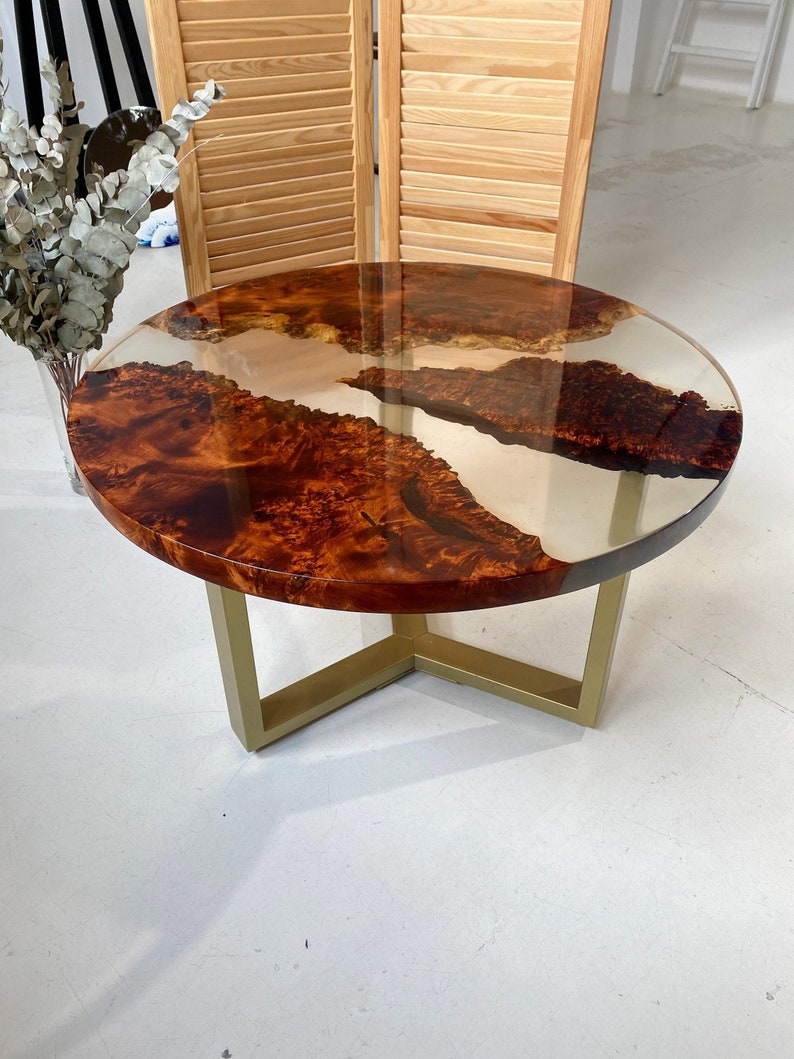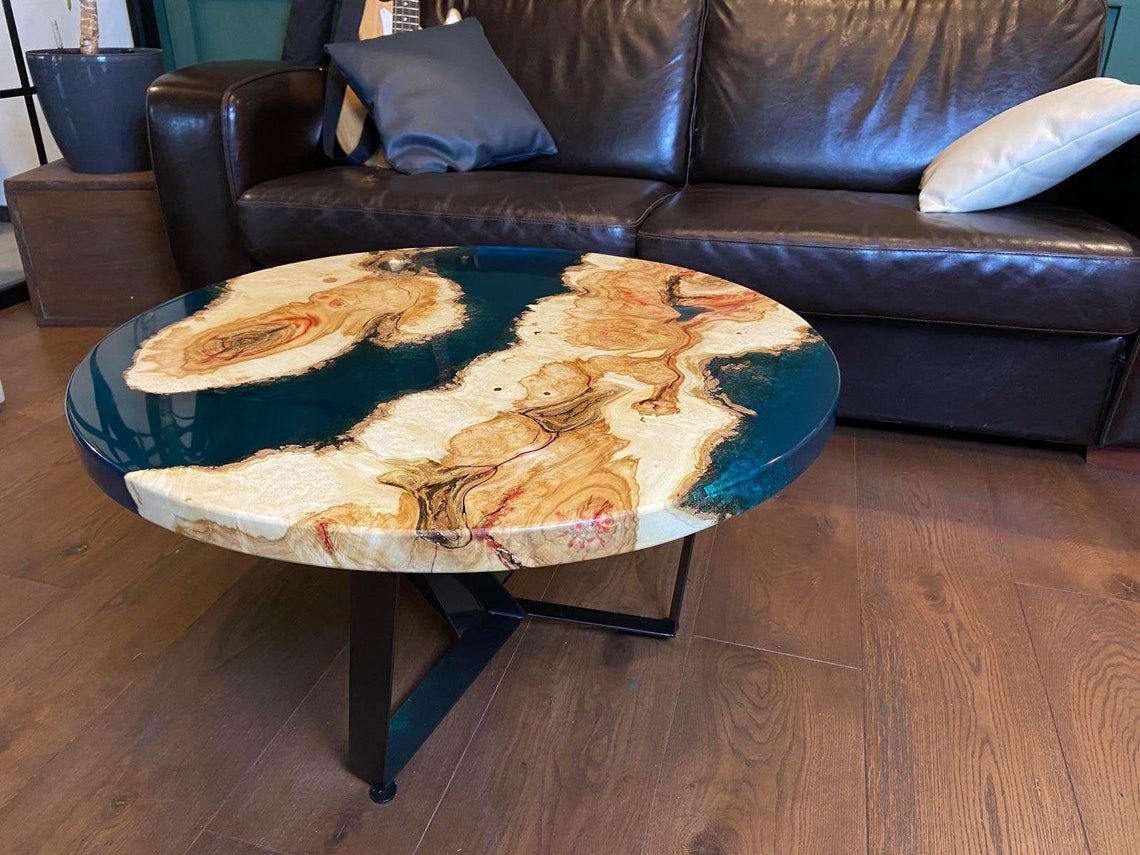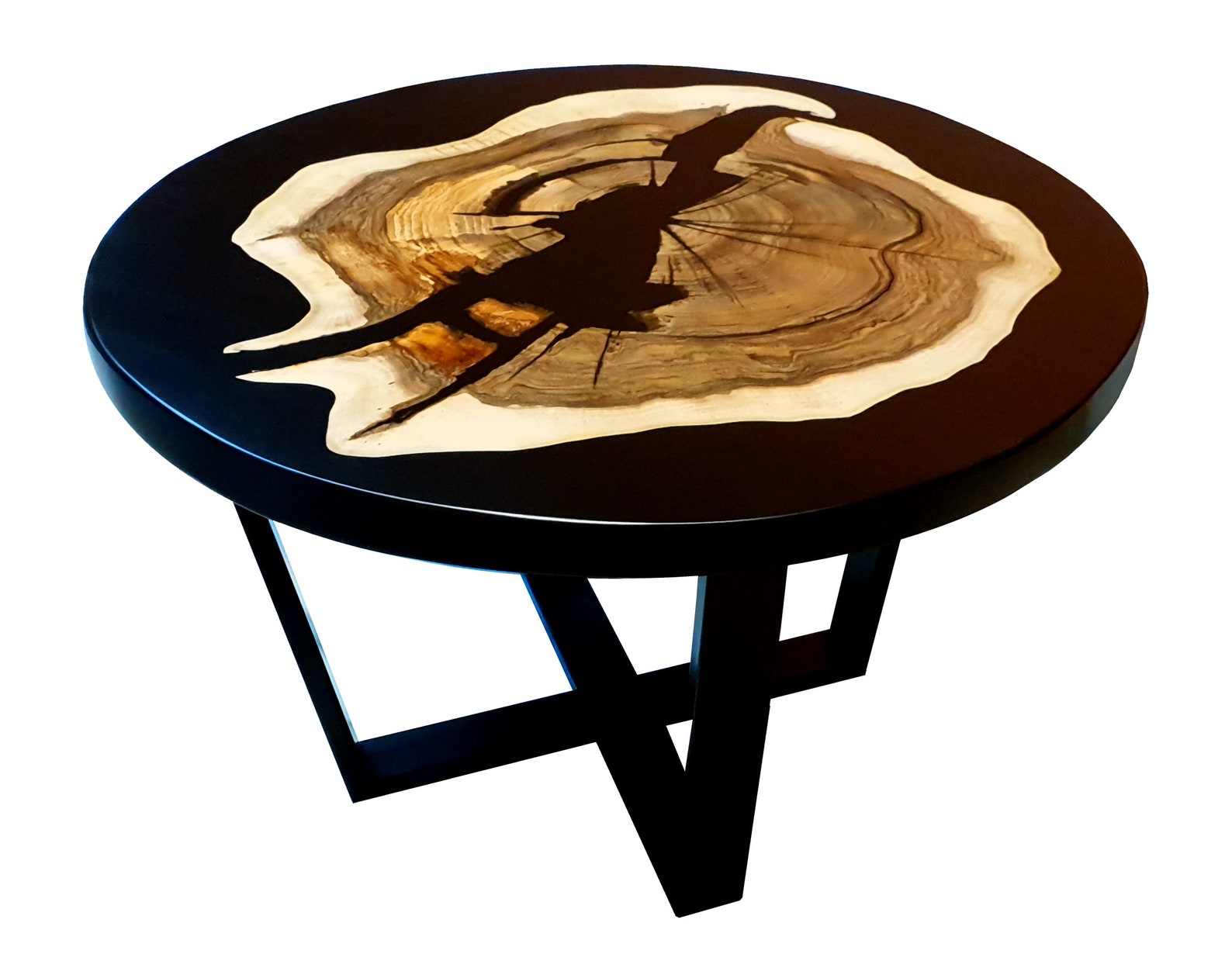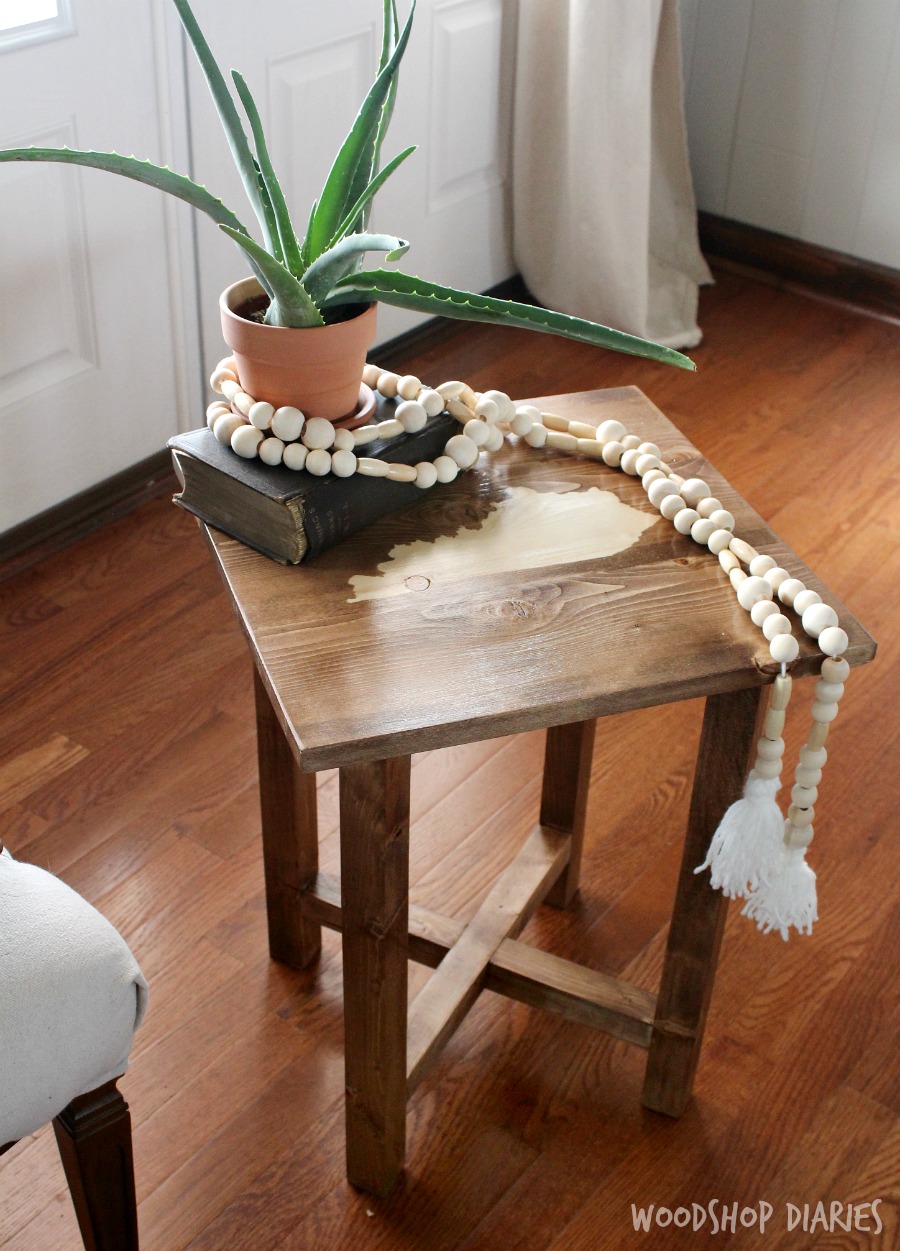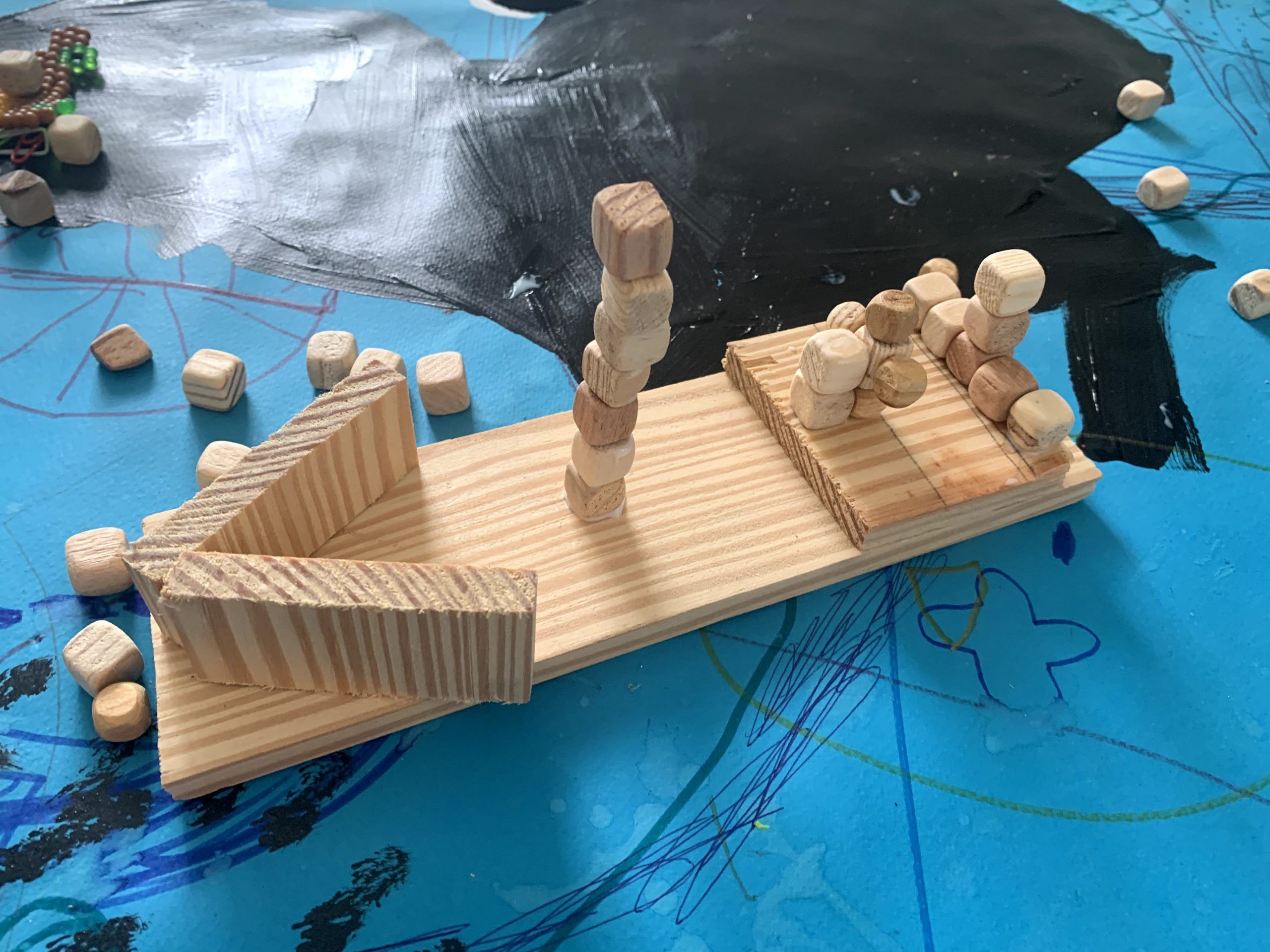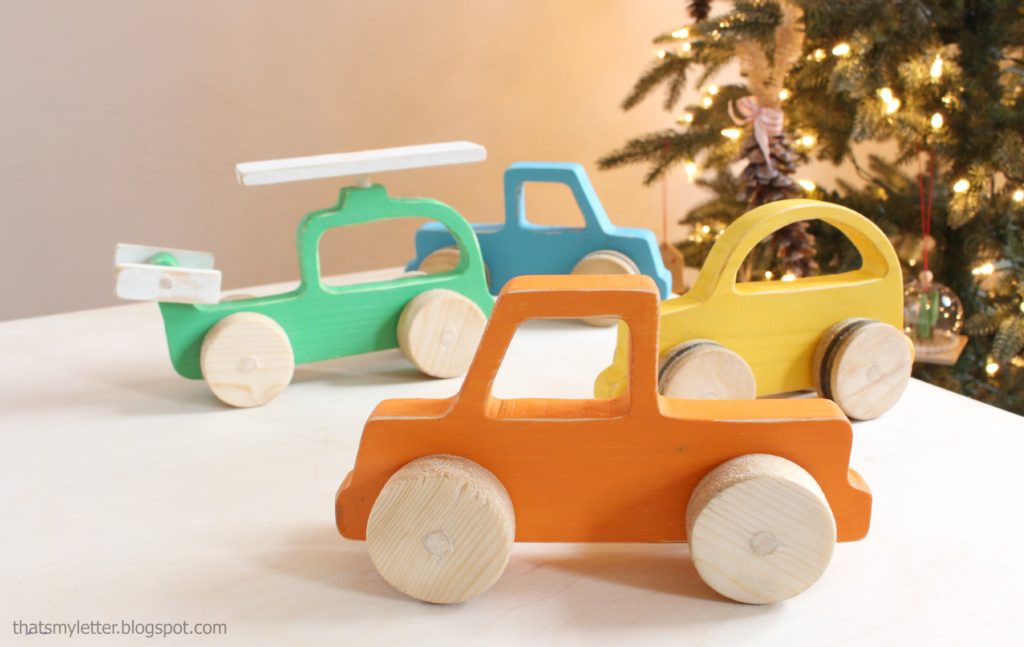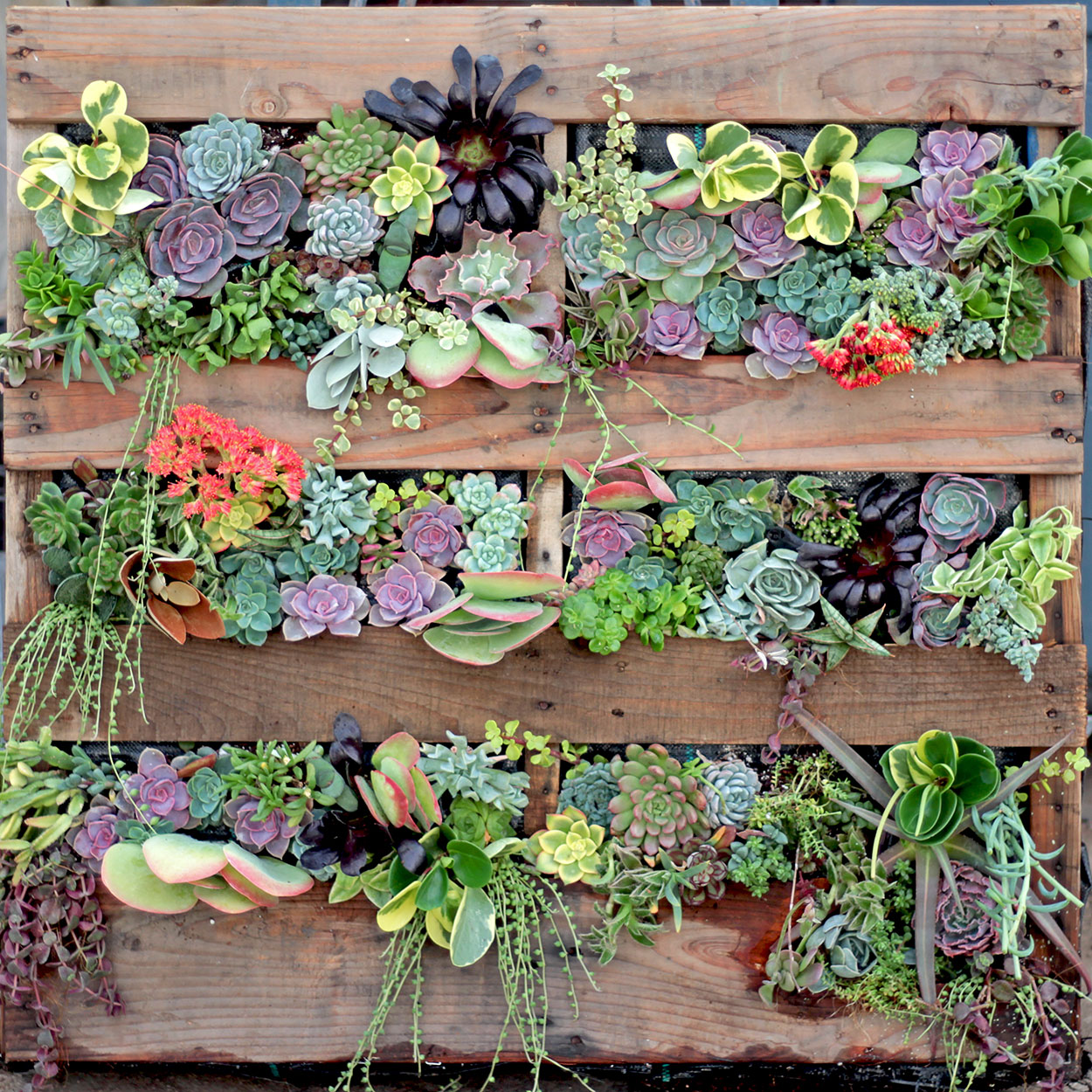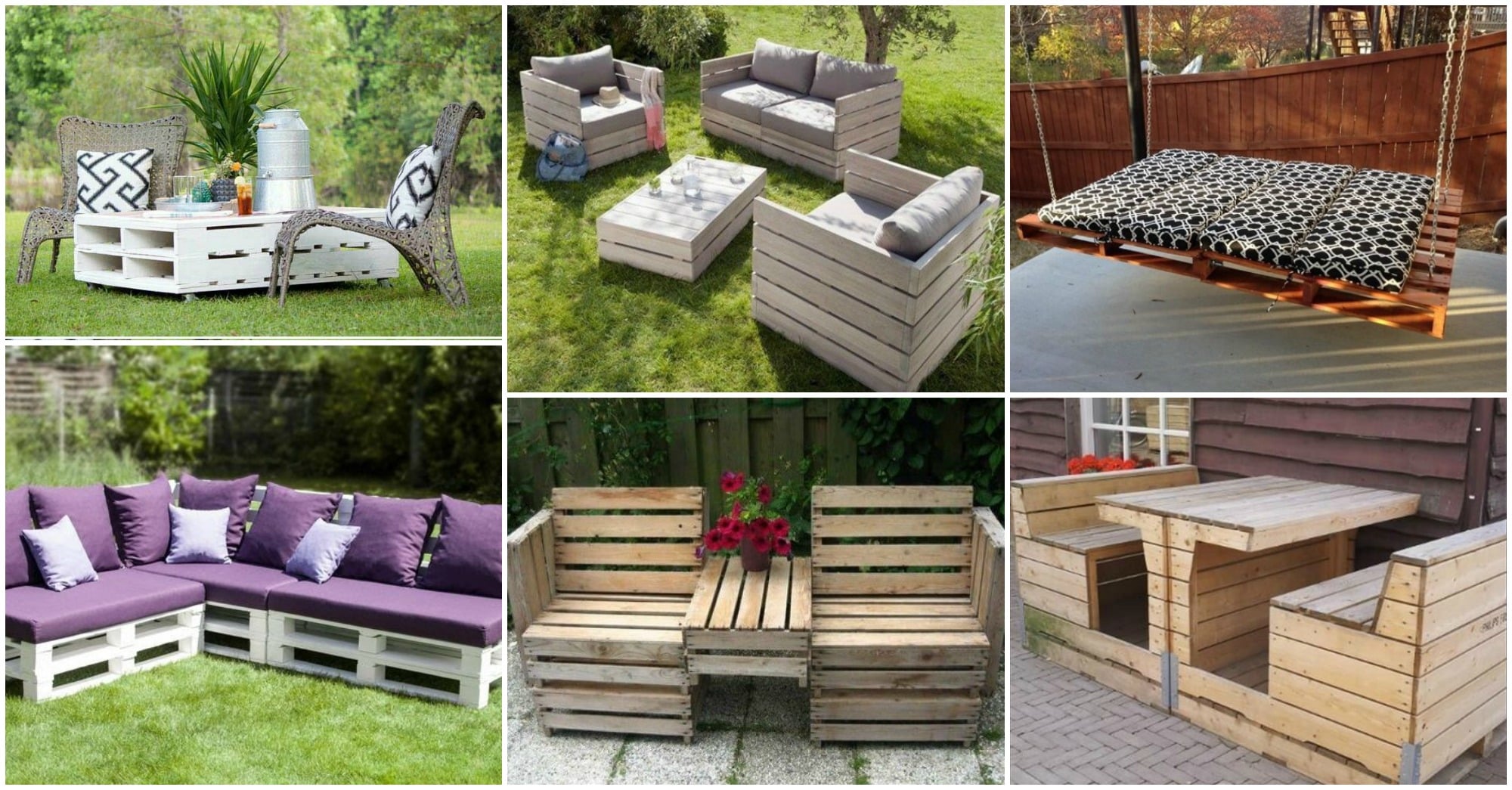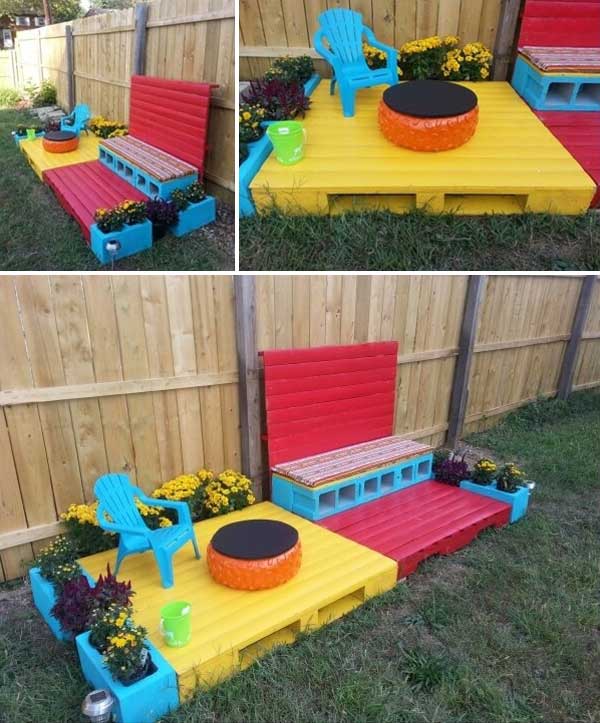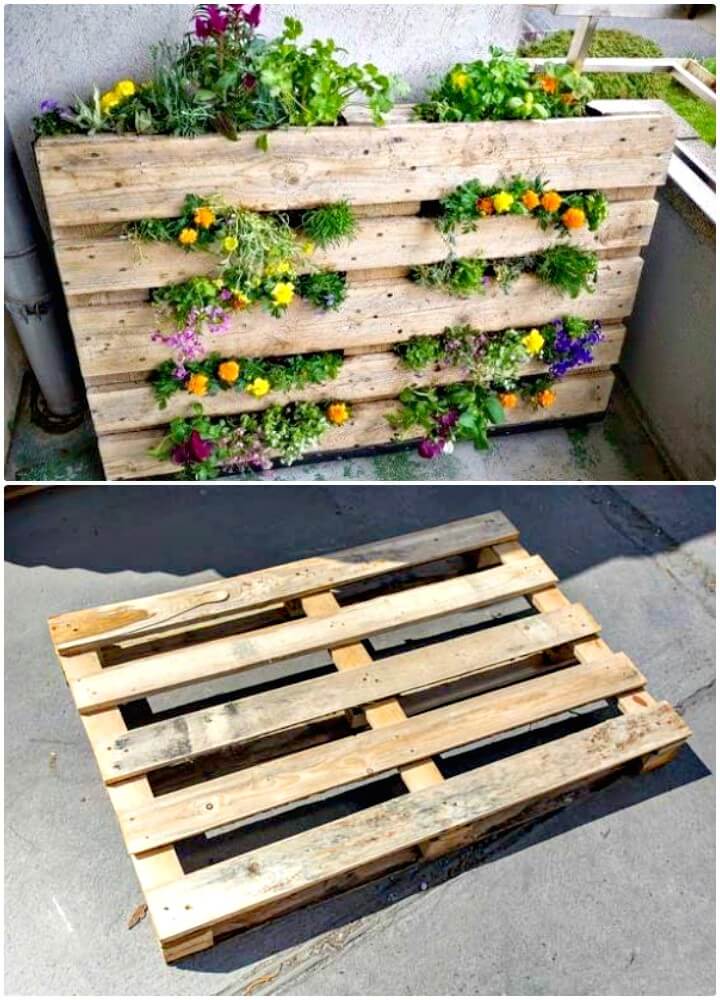
Top Woodworking Items That Make Great Gifts
Woodworking is a timeless craft that continues to captivate and inspire. Whether you're an experienced woodworker or just starting out, the joy of creating something beautiful and functional with your hands is truly rewarding. And what better way to share that passion than by gifting a carefully crafted piece of woodworking to someone special?
From practical everyday items to decorative masterpieces, woodworking offers a wide range of possibilities for unique and meaningful gifts. Here's a curated list of top woodworking items that are sure to impress and delight any recipient.
Classic Woodworking Gifts
These are timeless woodworking gifts that never go out of style and are sure to be treasured for years to come.
Cutting Boards
A well-made cutting board is a staple in any kitchen. Handmade cutting boards, crafted from beautiful hardwoods like cherry, maple, or walnut, not only add functionality but also a touch of elegance to the countertop. Consider adding personalized touches like engraved initials or a custom design to make the gift even more special.
Serving Trays
Serving trays are perfect for entertaining or simply enjoying a quiet evening at home. They can be made in various shapes and sizes, and the wood selection can be tailored to the recipient's taste. A tray adorned with intricate inlay work or a natural live edge design adds a touch of sophistication.
Wooden Boxes
Wooden boxes are versatile and can be used for a variety of purposes, from storing jewelry and trinkets to holding special keepsakes. A beautifully crafted wooden box can be a cherished heirloom, passed down through generations. Consider using exotic hardwoods like ebony or rosewood for a truly luxurious feel.
Wooden Clocks
A handcrafted wooden clock not only tells time but also adds warmth and charm to any space. From minimalist designs to elaborate carvings, there are countless possibilities to choose from. A wooden clock with a personalized inscription or a special design can be a unique and meaningful gift.
Functional Woodworking Gifts
These woodworking gifts are not just aesthetically pleasing but also serve a practical purpose in everyday life.
Wooden Utensil Holders
A simple yet elegant way to organize kitchen utensils, wooden utensil holders can be designed with different compartments and styles to suit any kitchen decor. Choose hardwoods like oak or walnut for durability and a natural finish.
Wooden Wine Racks
For the wine enthusiast in your life, a custom-made wooden wine rack is a perfect gift. The rack can be designed to accommodate a specific number of bottles, and you can even incorporate features like bottle stoppers or bottle openers. Use reclaimed wood or rustic timbers for a unique and eco-friendly touch.
Wooden Pens
A handcrafted wooden pen is a classic gift that combines functionality and artistic expression. Choose from a variety of woods, finishes, and styles to create a pen that reflects the recipient's personality. You can even personalize the pen with an engraved name or inscription.
Wooden Coasters
Protect furniture and add a touch of rustic charm with handmade wooden coasters. Use colorful wood scraps or create unique designs using various wood types. Coasters can be a great way to showcase your woodworking skills and personalize a gift.
Creative Woodworking Gifts
If you're looking for something truly unique and expressive, consider these creative woodworking gift ideas.
Wooden Ornaments
Handcrafted wooden ornaments are a charming and festive addition to any holiday decor. Use a variety of wood shapes, colors, and textures to create ornaments that reflect the recipient's personality or a special theme.
Wooden Signs
Wooden signs can be personalized with messages, quotes, or images, making them a thoughtful and decorative gift. Create a custom sign for a friend's new home, a family gathering, or a special occasion.
Wooden Toys
Handmade wooden toys are not only fun but also encourage imaginative play. Create simple shapes like cars, blocks, or puzzles for young children, or more elaborate wooden toys like dollhouses or trains for older kids.
Wooden Frames
Showcase treasured photos or artwork with a beautiful wooden frame. You can choose from simple designs or create elaborate frames with intricate carvings and embellishments.
Tips for Giving Woodworking Gifts
Here are a few tips to make your woodworking gifts even more special:
- Choose the right wood: Consider the recipient's taste and the intended use of the gift when selecting the wood. Some woods are known for their durability, while others are prized for their beauty.
- Pay attention to the finish: A well-applied finish protects the wood and enhances its appearance. Experiment with different finishes to achieve the desired look.
- Add a personal touch: Consider personalizing the gift with an inscription, a special design, or a unique feature that reflects the recipient's interests.
- Presentation matters: Package the gift beautifully with a ribbon, wrapping paper, or a personalized note to create a lasting impression.
Giving a handcrafted woodworking gift is a thoughtful gesture that demonstrates your care and creativity. Whether you choose a classic piece, a functional item, or something uniquely expressive, your woodworking gift is sure to be cherished for years to come.




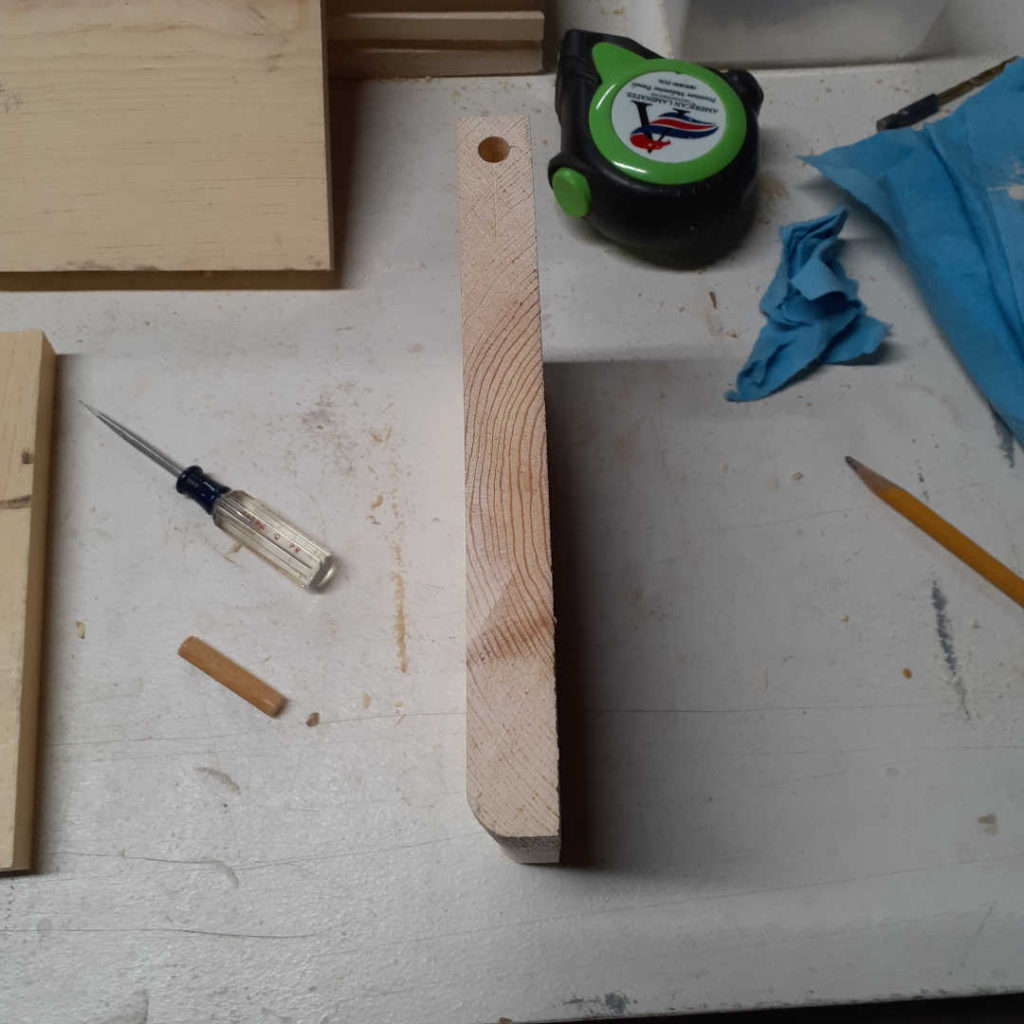

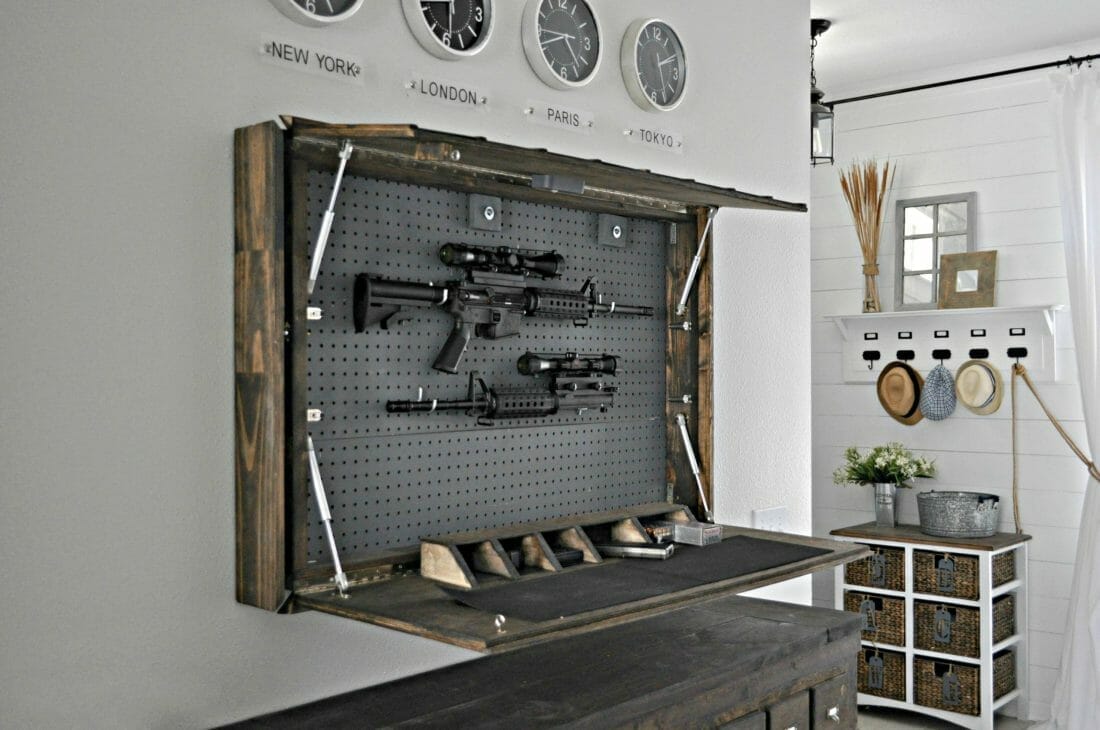

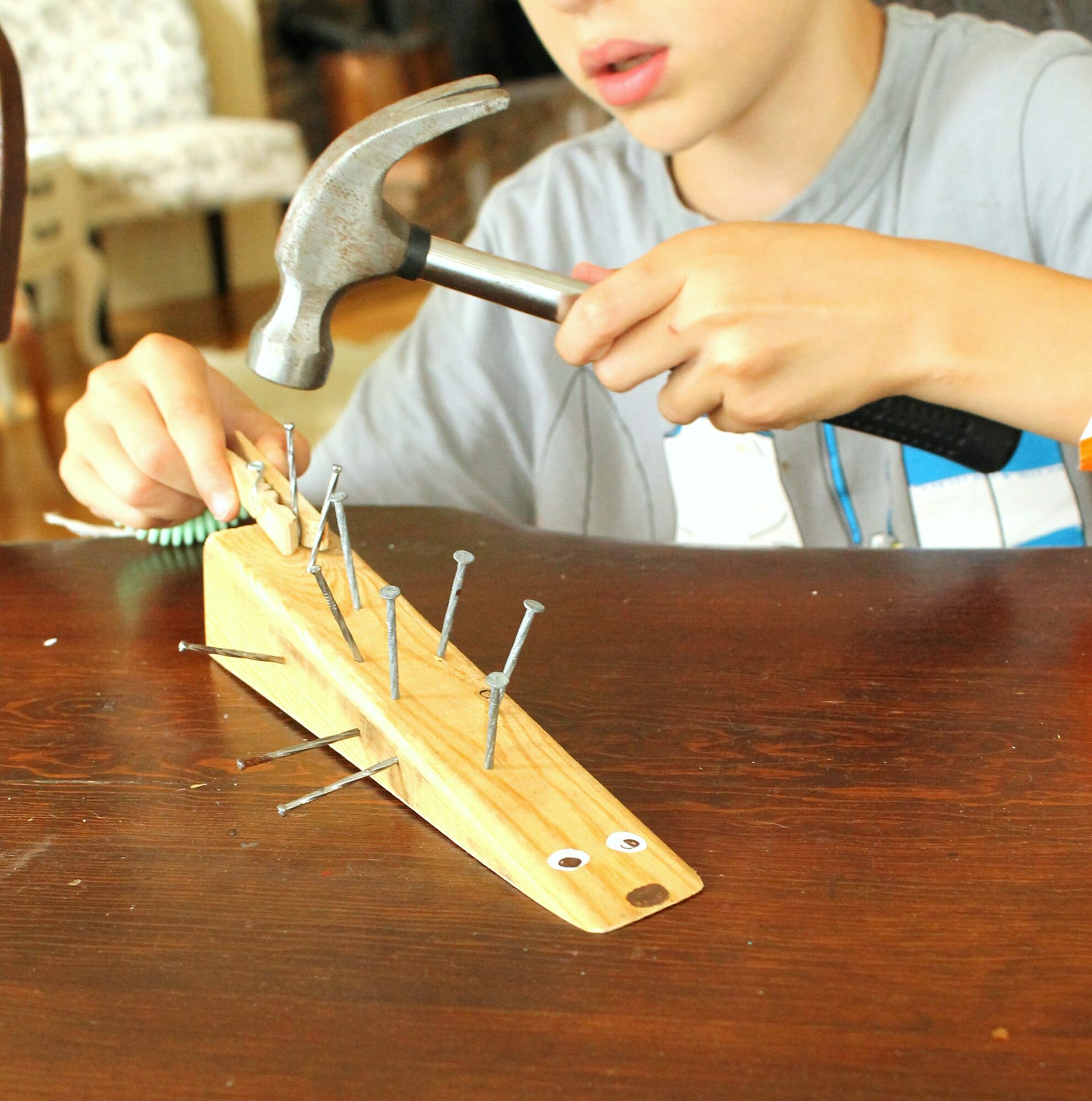




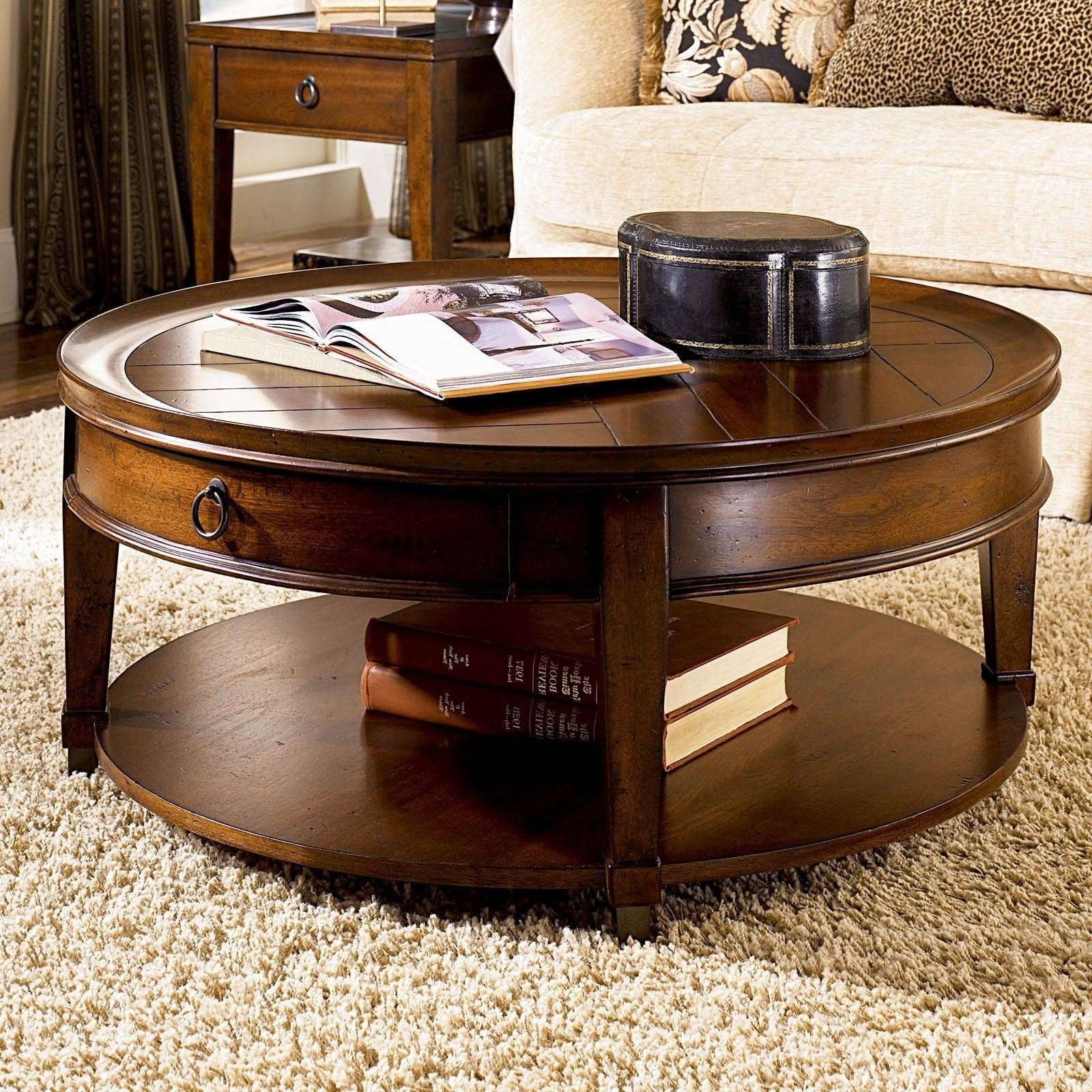
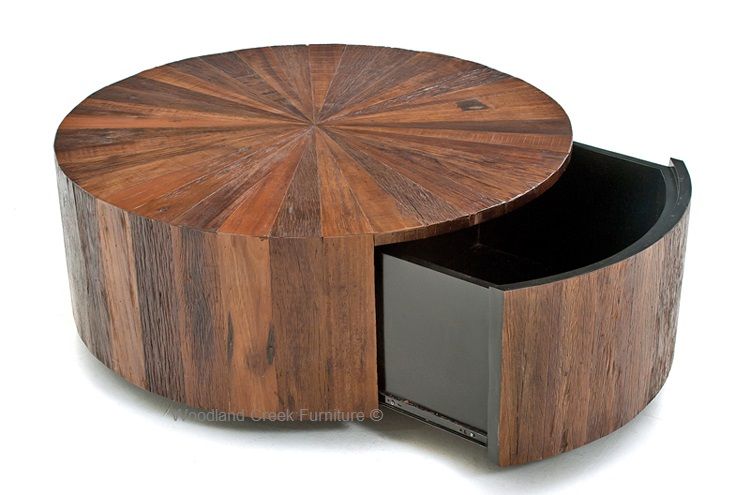
/mall/2021/04/06/e9b4285302684aad8a1c10a5e9f8eb8b.jpg)





